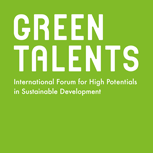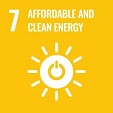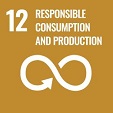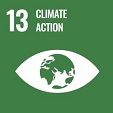Master Student in Chemical Engineering at Xiamen University Malaysia
Research focus: 2D carbon nitride nanomaterials for solar-driven energy conversion in water splitting and CO2 conversion
Sue-Faye is working to develop polymeric carbon nitride nanomaterials to address fundamental issues in solar-powered CO2 reduction and water splitting. Carbon nitride, with its robust stability and high photocatalytic efficiency, is an ideal candidate for this application, in part because it is earth-abundant, non-toxic, and visible-light-active.
Currently, Sue-Faye is developing a carbon nitride allotrope model through first-principles density functional theory (DFT) calculations to analyse the effects of surface functionalisation on electrochemical properties and catalytic performance. Her research combines computational and experimental analysis through computer-aided catalyst design for commercialisation. Through this, she is able to uncover fundamental principles, electrochemical surface properties, active sites, and reaction kinetics in CO2 reduction and H2O splitting that would have been difficult to detect in experimental work due to limitations in characterisation techniques.
Sue-Faye has also conducted life cycle analysis of photo/electrocatalytic processes in contrast to conventional processes to evaluate the current state of the art. She has comprehensive experience in both basic research and reactor prototype engineering. Her goal is to bridge the gap to large-scale application of sustainable fuels. In the future, she would like to work in a multidisciplinary research team on upscale photocatalytic technology.
Overall, her research goals align with several of the UN Sustainable Development Goals: It addresses global climate challenges to achieve a circular carbon economy, specifically Goal 7 (Affordable and Clean Energy), Goal 12 (Responsible Consumption and Production), and Goal 13 (Climate Action).
Sue-Faye works with nanomaterials for the solar-powered, photocatalytic reduction of CO2 and the production of hydrogen. Because her work, thus, has the potential to make significant contributions to the energy transition, the jury selected this extremely dedicated young scientist as a Green Talent awardee.
The research of Sue-Faye mainly contributes to the Sustainable Development Goals 7, 12, 13:
Take a look at this video that briefly introduces Sue-Faye and her research:









